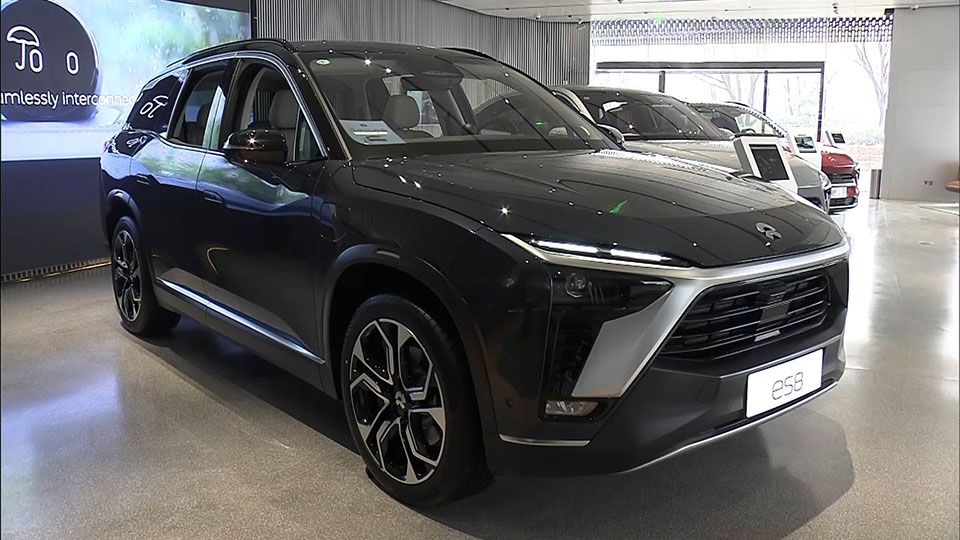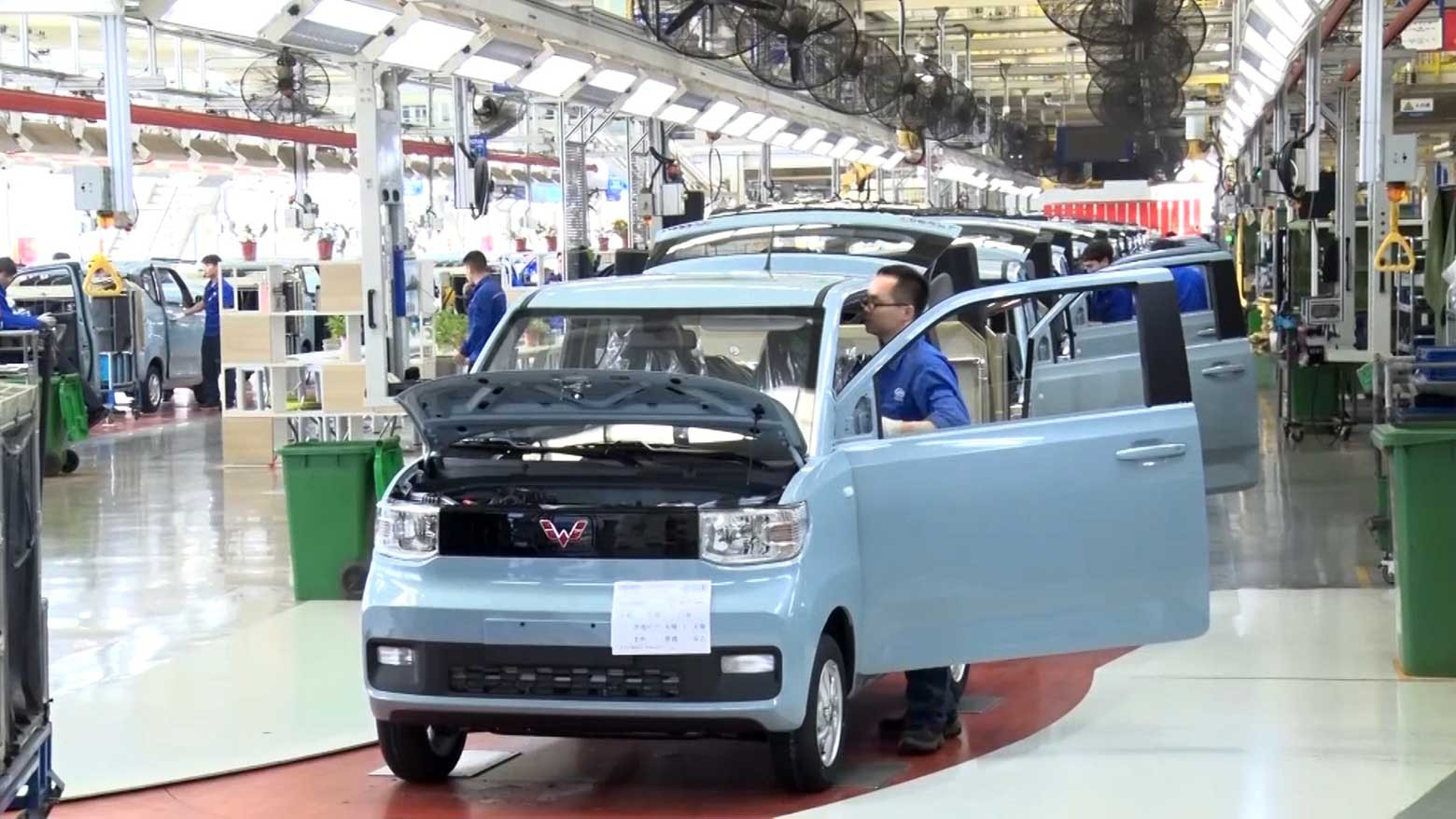The Hongguang Mini isn’t as sleek as a Tesla. Nor does it offer anything like the performance — it can only manage a 120-kilometer cruising range. But it does have one big selling point: a price tag of just $4,500. The manufacturer, a joint venture between GM and the Chinese automakers SAIC Motor and Liuzhou Wuling Motors, achieves that price point by using a low-cost, domestic-made battery, skipping the air-condition and high-speed charging for the entry-level models, and offering safety measures that only just meet industry standards.
One thing the manufacturers didn’t cut costs on was market research. The company provided 3,000 free cars to people as part of a nine-month effort to collect data on a range of points, including daily mileage total and destinations. The surveys revealed high demand for a vehicle suited to an urban lifestyle, just as practical for commutes as it is for dropping the kids off at school and picking up the groceries. They saw this as an opportunity to develop an electric runabout that could be an alternative to bicycles.
Young consumers have been a big part of the vehicle’s success. The manufacturer says 60 percent of the Mini’s buyers are women in their 20s. On social media they show off their customizations, with decals, artworks and more. That's a trend the manufacturer has been very much encouraging.

An SAIC-GM-Wuling plant in Liuzhou, southern China, is running at capacity to meet demand. It will have to ramp up production even further next year, when the company plans to launch a convertible version of its best-seller.
Premium models
At the extreme other end of the market, Shanghai-based maker NIO offers models with a starting price of around $55,000. The company was founded in 2014, and only shifts just over 40,000 units a year, but is nonetheless listed on the New York Stock Exchange and has a market capitalization of about $51 billion as of May 13.
NIO was the one of the first companies to introduce the “battery-swappable” EV, a system quickly coming into use across China that allows customers to lease EV batteries separately from the vehicle itself.
The company has battery swap stations in more than 70 cities across China. Each one can handle up to 330 vehicles a day, and staff can switch a battery in as little as three minutes, which the company says is why the battery-swap model is more efficient than building and managing EV charging facilities.

For an extra fee, owners can use a smartphone app to summon staff to pick up their cars for battery replacement or maintenance. And NIO is looking to be a lifestyle brand with fashion and electronics by some of the biggest names in design. The idea is to stay connected with customers in other aspects of their daily lives, beyond just the time they spend in the car.
“Our goal is to become the world’s number one company in terms of customer satisfaction,” says NIO’s Regional Manager of Beijing, Pu Yang.
Watch Video: 03: 39
The success of Hongguang and NIO comes as the Chinese government has set a target of increasing EV sales to 20 percent market share by 2025. And the market is getting competitive. There are currently more than 50 EV manufacturers in China, and smartphone maker Xiaomi and the company behind the search engine Baidu say they are planning to join in.
Not all of them will survive, but the ones that can conquer the Chinese market will be well-placed to make an impact on the global one.


